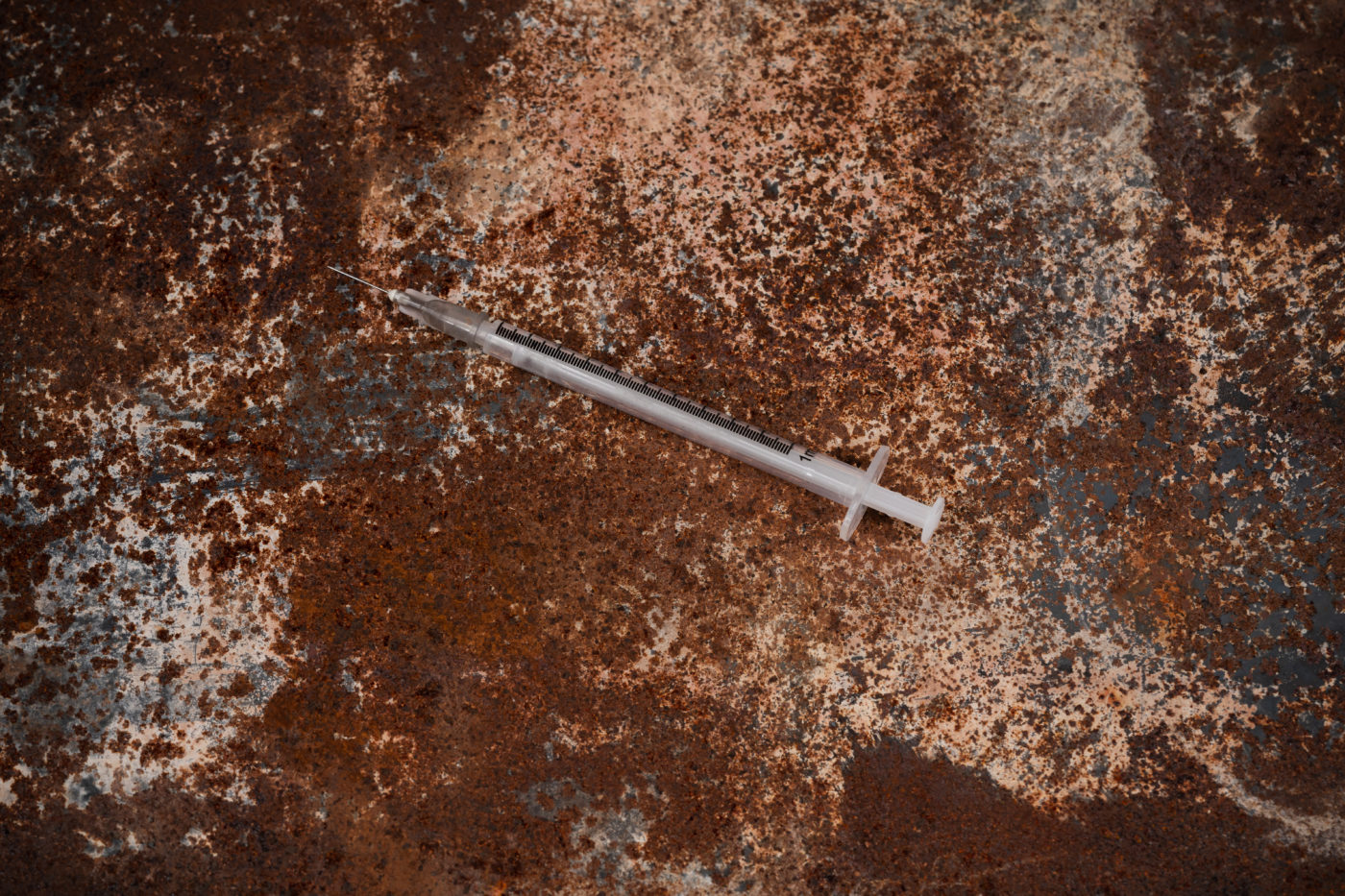
Adolescent Drug Use: Why Do They Do It?
Adolescent drug use: Why do so many teens experiment with drugs? What do we need to know about the motivations behind it?
Case Studies of Adolescent Drug Use
Karl[1] was a good looking, outgoing junior in high school when I met him. He was mature for his age and popular with the girls. His parents were very well off financially and this allowed Karl to dress in the latest trends, have all the cool technological gadgets and drive a fast muscle car. His parents and grandparents attended church regularly, but Karl came only sporadically. Late, on a Friday night, I received a phone call from Karl’s mother. She was frantic. Karl had been arrested by the local police and was being held at the police station for possession of LSD. She wanted me to go and visit him and help him with his drug problem.
Caroline was a member of a blended family. There were two siblings from the father’s first marriage, two siblings from the mother’s first marriage and two from the new marriage. Caroline was the oldest daughter from her mother’s first marriage. Caroline attended church every Sunday morning, Sunday night and Wednesday night with her family. The family was very dedicated to the church for all practical purposes. But Caroline was slowly turning more and more rebellious. She was dating a boy in town who was a high school dropout and a known drug user. Caroline was eventually caught with a bottle of wine and some marijuana. Through counseling it was eventually discovered that her alcohol and drug use was a form of self-medication to numb the pain of her sexual abuse by her step-father.
“…A form of self-medication to numb the pain…”
It was a strange group—nine boys and one girl. The girl wasn’t dating any of the boys and she wasn’t having any identity issues. She just liked hanging out with these nine boys because of their common love for drugs. There wasn’t necessarily any drug that was preferred by the group—they would take whatever was available and affordable at the time. Alcohol, marijuana, speed, downers, THC, mescaline, LSD and cocaine—it was all fair game.
One Saturday night the group all told their parents they would going camping at the lake. I’m sure the parents pictured the group sitting around a campfire roasting marshmallows and making s’mores while singing Kum By Yah. Little did they know. The group had scored some LSD and they were all going to trip that night. For some reason they decided it would be fun to climb the rock cliffs near the camp site.
They were about fifty feet up the side of the cliff when Billy started hallucinating big, green, glowing worms with sharp teeth coming out of the rocks. He screamed and pushed back from the cliff—and fell to the rocks below. He cracked his skull wide open, but didn’t die. One of the group drove to a nearby farmhouse and called for an ambulance. Billy ended up being life-flighted to a nearby hospital. He didn’t die, but he was never the same. The brain damage was permanent.
“None of the parents of this group had a clue that their teens were using drugs until this night.”
None of the parents of this group had a clue that their teens were using drugs until this night. Desperately wanting help, they came and asked me to educate them on teenage drug abuse and what they needed to do as parents to help their teenagers get off the drugs.
Anyone who is involved in youth ministry for any length of time is going to encounter teens who are using, abusing or addicted to drugs. It is imperative that you know how to identify the signs of a user and what to do to help.
Not only is there a significant number of adolescents who use illicit drugs or alcohol, but there is an alarming trend of minimizing how harmful drugs can be….Drug abuse is found in all cross-sections of the adolescent subculture: rich, poor, black, white, male, female, etc. Children of alcoholics are in the ‘‘high risk’’ category having a 50-60% higher risk. The reason children of alcoholics are more susceptible to drug abuse is that they do not have a concept of “normal” so they turn to chemicals to learn to deal with life.
Why do adolescents abuse drugs?
You would be surprised at how many adolescents could not explain to you why they first got into drugs, including alcohol, because of their lack of self-awareness and their lack of the various dynamics affecting their lives. A common answer given by a teen would be, “I just tried some one day, and I guess I liked it and then tried it some more.” They may not even be aware that it was the peer group that they chose to hang around with that first introduced them to drug use. They were invited to a Friday night party after the football game and even though they didn’t go intending on using alcohol or drugs, because everyone else was doing it, they joined in to be an accepted part of the group.
“…to see what it was all about…”
Curiosity is one factor. Trying drugs is a new experience….For a good number of adolescents, experimenting with drugs is simply another adventure. A large number of high school students report having gotten high or drunk at least once or twice. It doesn’t always end in addiction; for some they just wanted to try it to see what it was all about. Unfortunately, there is also a significant number who never intended to become addicted, but they did because of what started from giving in to their curiosity.
Closely related to curiosity is the teen that abuses alcohol and drugs just for kicks for the thrill of participating in something that is illegal or dangerous. Some things are more desirable simply because they are forbidden. The apostle Paul wrote: “I would not have known what coveting really was if the law had not said, ‘Do not covet’” (Romans 7:7). Some kids are drawn to the forbidden thrill of drug use and end up addicted in the process.
“…to be accepted in a particular group…”
Other teens will use drugs and alcohol in order to be accepted in a particular group. Andy Stanley has said that teens don’t choose their friends; their friends choose them. By that he is referring to the power of peer pressure and the desire to belong. Teens will adjust their morals in order to be accepted by a particular group. If the group that has embraced them uses drugs and alcohol, the teen will do whatever it takes to remain a part of the group.
Some teens use drugs and alcohol because it fits the image they want to portray. They have developed an identity that revolves around rebellion and a devil-may-care attitude. It is a way of asserting their independence.
“…to have a good time…”
An obvious reason why teens will get high or drunk that is often overlooked is that getting high or drunk is a pleasant experience. It can become a self-rewarding behavior because each time the teen participates in drinking or getting high he has a good time.
Teens will also drink or use drugs to relieve boredom or frustration. I don’t know how many times I have heard youth ministers from small communities bemoan the fact that so many teens in the town drink and do drugs simply because “there isn’t anything else to do.”
“…to run away from any kind of physical or emotional pain…”
Some teens will use drugs as a means of escape. They simply want to run away from any kind of physical or emotional pain that they are experiencing. Adolescents with a history of physical and/or sexual abuse are more likely to be diagnosed with substance use disorders. It could also be that they want to avoid the pain of a parental divorce or the breakup of a significant relationship. They could be suffering from feelings of inadequacy, fear of the future, pressures of school or unrealistic expectations of their parents. While drug abuse only brings temporary relief, they figure that temporary relief is better than no relief at all.
There are also those who never intended to become addicted to drugs but were first prescribed a pain medication after a needed surgery or injury and then became addicted to the pain killer. “After marijuana and alcohol, prescription drugs are the most commonly abused substances by Americans age 14 and older.”[2] “Every day in the US, 2,500 youth (12 to 17) abuse a prescription pain reliever for the first time.”[3] Teenage boys are more likely to abuse prescription drugs for the “high,” while teenage girls will abuse them for weight control or to stay awake in class.
Key risk periods for adolescent drug use
Research has shown that the key risk periods for drug abuse are during major transitions in children’s lives. The first big transition for children is when they leave the security of the family and enter school. Later, when they advance from elementary school to middle school, they often experience now academic and social situations, such as learning to get along with a wider group of peers. It is at this stage—early adolescence—that children are likely to encounter drugs for the first time.
When they enter high school, adolescents face additional social, emotional, and education challenges. At the same time, they may be exposed to greater availability of drugs, drug abusers, and social activities involving drugs. These challenges can increase the risk that they will abuse alcohol, tobacco, and other substances.[4]
Genetics or familial predispositions can be another contributing factor as to why an adolescent ends up with a drug or alcohol problem. It has been known for decades that the offspring of alcoholics are significantly more likely than other people to become alcoholics themselves. But, genetics cannot be blamed for all addiction problems because “over a third of all alcoholics have no family history of the disorder and only 30-40 percent of the sons of alcoholics have ever become alcoholics themselves.”[5]
Review: Why do adolescents use drugs?
1) To try out a new experience, 2) to experience the thrill of something forbidden, 3) to be accepted in a particular group, 4) to portray an image, 5) to experience a pleasant sensation, 6) to relieve boredom or frustration, 7) to escape pain, and 8) because they became addicted to a pain killer they were prescribed.
[1] Not his real name. All of the names are fictional to protect the identity of the person. While the names are fictional, the case studies are all real.
[2] National Institute on Drug Abuse for Teens. “Prescription Drugs,” https://teens.drugabuse.gov/drug-facts/prescription-drugs (accessed November 2, 2016).
[3] Foundation For a Drug-Free World. “The Truth About Prescription Drug Abuse.” http://www.drugfreeworld.org/drugfacts/prescription/abuse-international-statistics.html (accessed November 2, 2016).
[4] National Institute on Drug Abuse. “Preventing Drug Use Among Children and Adolescents (In Brief). Accessed November 2, 2016. https://www.drugabuse.gov/publications/preventing-drug-abuse-among-children-adolescents/chapter-1-risk-factors-protective-factors/what-are-highest-risk (accessed November 2, 2016).
[5] G. Wade Rowatt, Jr. Adolescents In Crisis: A Guide for Parents, Teachers, Ministers, and Counselors (Louisville: Westminster John Knox Press, 2002), p. 170.
(Excerpted from Gary Zustiak, Intensive Care: A Manual for Nonprofessionals Who Work with Hurting and Broken Youth. Used with permission.)








